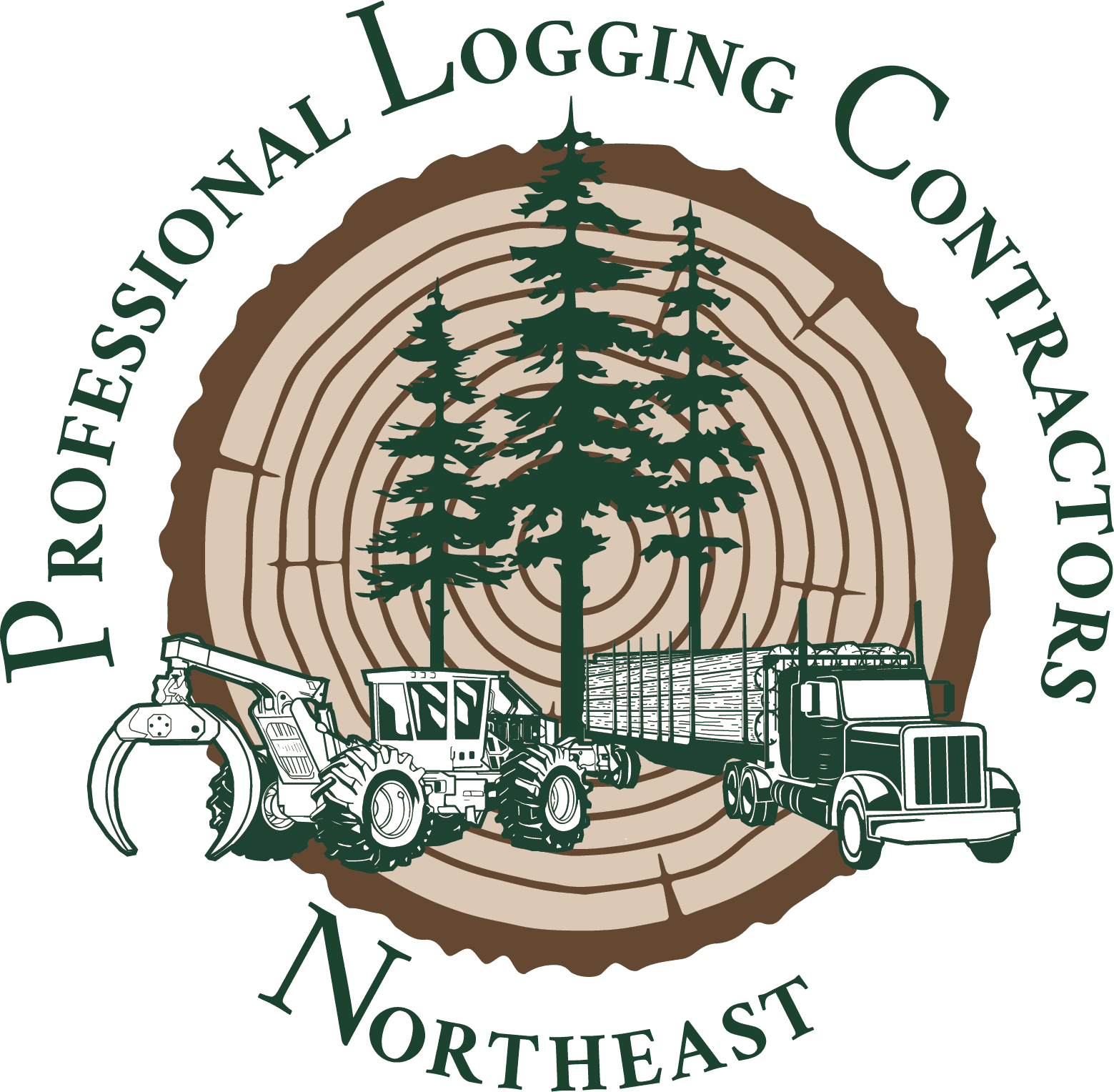How can PLC Members Go Green for Safety?

Evaluating risk is the first step in preventing accidents in the workplace. As we review safety issues in this newsletter, we will consistently talk about “Going Green” in regards to safety. What does this mean? Very simply, we classify potential safety risks in the workplace using a three-color system.
• Red is used to classify tasks that are dangerous or clear hazards present in the workplace.
• Yellow is used to classify tasks that could be dangerous or potential hazards present in the workplace.
• Green is used to classify tasks and potential hazards in the workplace where risk is low or eliminated thanks to measures including Personal Protective Equipment (PPE) being used and readily available; employees being made aware of and able to communicate about hazards, PPE requirements, first aid measures, storage requirements and handling procedures; or where annual training on preventing injury is being completed.
The goal with going GREEN is to get all tasks and potential hazards to GREEN and to have a system for recognizing tasks and elements in the workplace that are clearly hazards – RED, or potentially hazardous and in need of improvement – YELLOW.
PLC Safety Newsletter
PERSONAL PROTECTIVE EQUIPMENT
March 9, 2018
By Miranda Gowell, PLC Safety Coordinator
What does “go green” mean when it comes to Personal Protective Equipment (PPE) in the logging industry? Where does PPE fall in the preventative measures hierarchy of controls? What PPE should employees be wearing in different areas of your business? Whe n employees are doing different tasks for their job, do they know which tasks require what PPE? Are you providing PPE training to your employees? Is the PPE you are purchasing for employees effective and comfortable? Do you find your employees not wearing PPE when you require them to wear it? If so, you need to get to the bottom of why they are not complying with your safety rules. If they are repeatedly not complying are you documenting that non-compliance and applying disciplinary procedures? If not you could find yourself in some muddy waters.
n employees are doing different tasks for their job, do they know which tasks require what PPE? Are you providing PPE training to your employees? Is the PPE you are purchasing for employees effective and comfortable? Do you find your employees not wearing PPE when you require them to wear it? If so, you need to get to the bottom of why they are not complying with your safety rules. If they are repeatedly not complying are you documenting that non-compliance and applying disciplinary procedures? If not you could find yourself in some muddy waters.
Going green when it comes to PPE in the logging industry, means you are familiar with the OSHA PPE regulations for the logging industry. These regulations can be found at this link: https://www.osha.gov/SLTC/etools/logging/manual/logger/personal_equip.html. There are other OSHA PPE regulations that you should know that your employees may fall into, for instance the PPE requirements for welding, tire inflation and chemicals etc.
It also means that you are doing the following as an owner:
-Conducting PPE assessments for jobs and tasks.
-Checking to see if employees are complying with PPE requirements.
-Discipling employees who are not complying with PPE requirements.
-Providing training to employees on PPE.
-Supplying employees with PPE.
-Documenting all of the above.
Where does PPE fall into the preventative measures, better known as the hierarchy of controls? Fascinatingly enough, it is the least effective and the last resort. The most effective is ELIMINATION or removing the hazard at the source. The next is SUBSTITUTION or replacing one substance or activity with a less hazardous one. Then ISOLATION & ENGINEERING or installing guards on machinery. Then SAFE WORK PRACTICES or applying administrative policies and procedures for safe work practices. Lastly, PERSONAL PROTECTIVE EQUIPMENT or hard hats, safety glasses, respirators etc.
When evaluating risks that can be managed with PPE using the Red, Yellow, Green categories, examples of risk categorization could be:
RED: Employees are being injured due to not being trained or supplied with PPE. ie. eye injuries from chemical splashes or flying particles.
YELLOW: PPE has been purchased for employees but is not being worn by employees. Employees are trained on PPE, but the training is not specific to tasks they perform for their jobs.
GREEN: Employees are trained on when to be wearing PPE. Employees are wearing PPE when they are required to be wearing it. There have been PPE assessments completed on tasks and work areas. There is PPE readily available for employees and PPE is supplied to employees by the employer.
Has your company had a near miss, injury, or accident?
Submit accident investigation details as well as preventative measures to:
Miranda Gowell, PLC Safety Coordinator at safety@maineloggers.com or (207) 841-0250
